Across London the magnolia trees have begun to flower, and I’m reminded just how much a love this plant. It’s always had a soft spot in my heart, as it was the first tree I ever planted as professional gardener. The client wanted a white garden, so of course I had to have a Magnolia stellata. Then when working at Buckingham Palace, I looked after the magnolia dell, which had a lovely collection of different magnolia trees. But I think that you might also agree that these magnificent plants are welcome addition to any garden.
Their History
Magnolias are a very ancient plant. Fossil records have shown that it evolved 95 million years ago during the Cretaceous period, and was widespread across the world. This was before flying insects such as bees were around, so Magnolias evolved to allow small beetles to pollinate them. This is why their flowers are designed to allow insects to stay for long periods on them, and feed on their pollen and not their nectar. Millions of years later, Magnolias are only native to parts of China and the southern states of the USA.
Magnolias were named in 1737 by the Swedish botanist Carl Linneaus. This was done to honour the French botanist Pierre Magnol, who had discovered Magnolia virginiana, an evergreen species that comes from America.
The cultivation of Magnolias isn’t as long as their evolution, but has been done for potentially a thousand years. The first known record of them being grown is an illustration by the Aztecs. It’s not known for certain why they grew them, however many early records of magnolias talk about them being used for medicinal purposes. The flower buds of Magnolia salicifolia are used in Asia to treat headaches and allergies, and there as been some studies of using the bark of Magnolia officinalis reduce the tremors in patients with Parkinson’s disease.
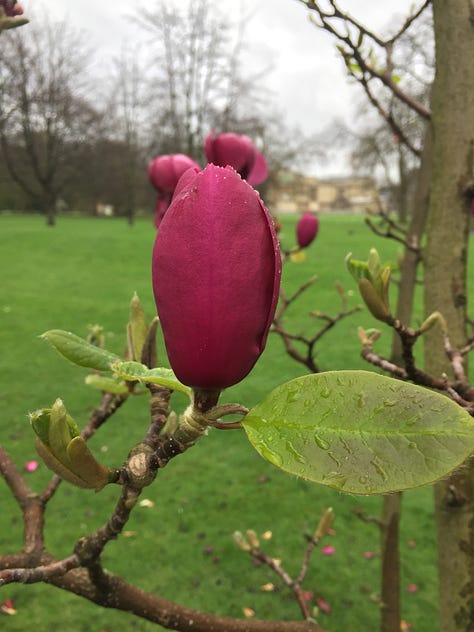
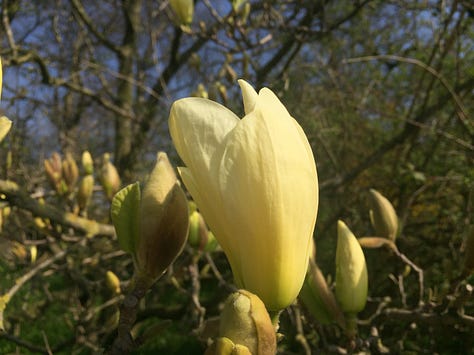
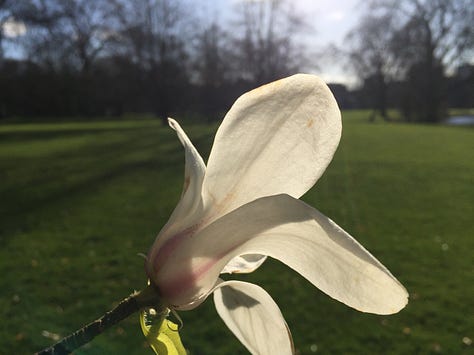
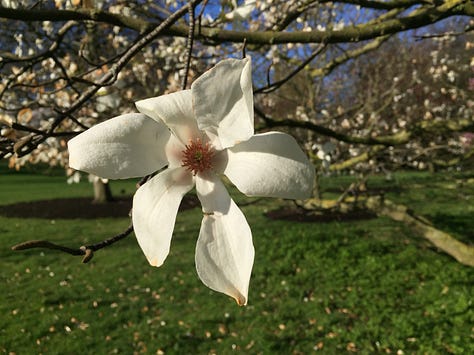
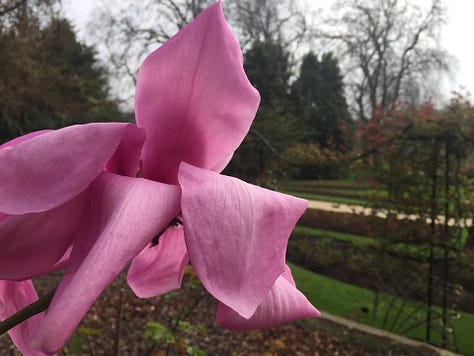
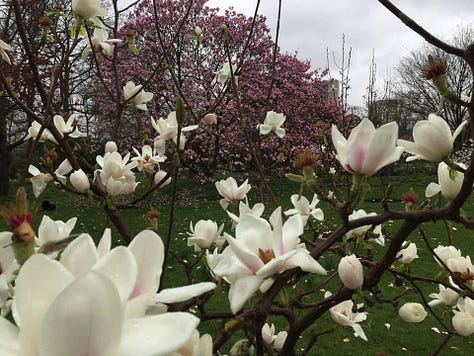
Their Cultivation
There are both deciduous and evergreen species, with the deciduous typically flowering in the spring and the evergreen flowering in the summer. You can find them in all sizes, from shrubs to medium sized trees.
Magnolias are a fully hardy plant in the UK, though they prefer more sheltered spots in your garden to protect them from cold winds. They can also lose their flower buds if we have a late cold frost.
They prefer well-drained soil, with most varieties preferring slightly acidic to neutral soils. If you are on chalk soil, you’re better off growing them in a large pot.
Once established they need little care and attention. Though I regularly mulch mine in the spring with well-rotted manure or compost. This helps to maintain moisture in the well-drained soil as well as giving them an extra boost of nutrients.
Magnolias don’t need much pruning, but if you need to do some to maintain its shape, this should be done in autumn. Avoid late winter or early spring as they can bleed their sap.
As you can see, Magnolias are an incredibly diverse and beautiful group of plants and are relevantly simple to grow. You can easily find one to fit into your garden and add an amazing splash of colour in spring.

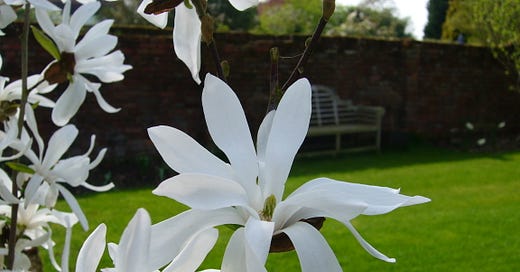



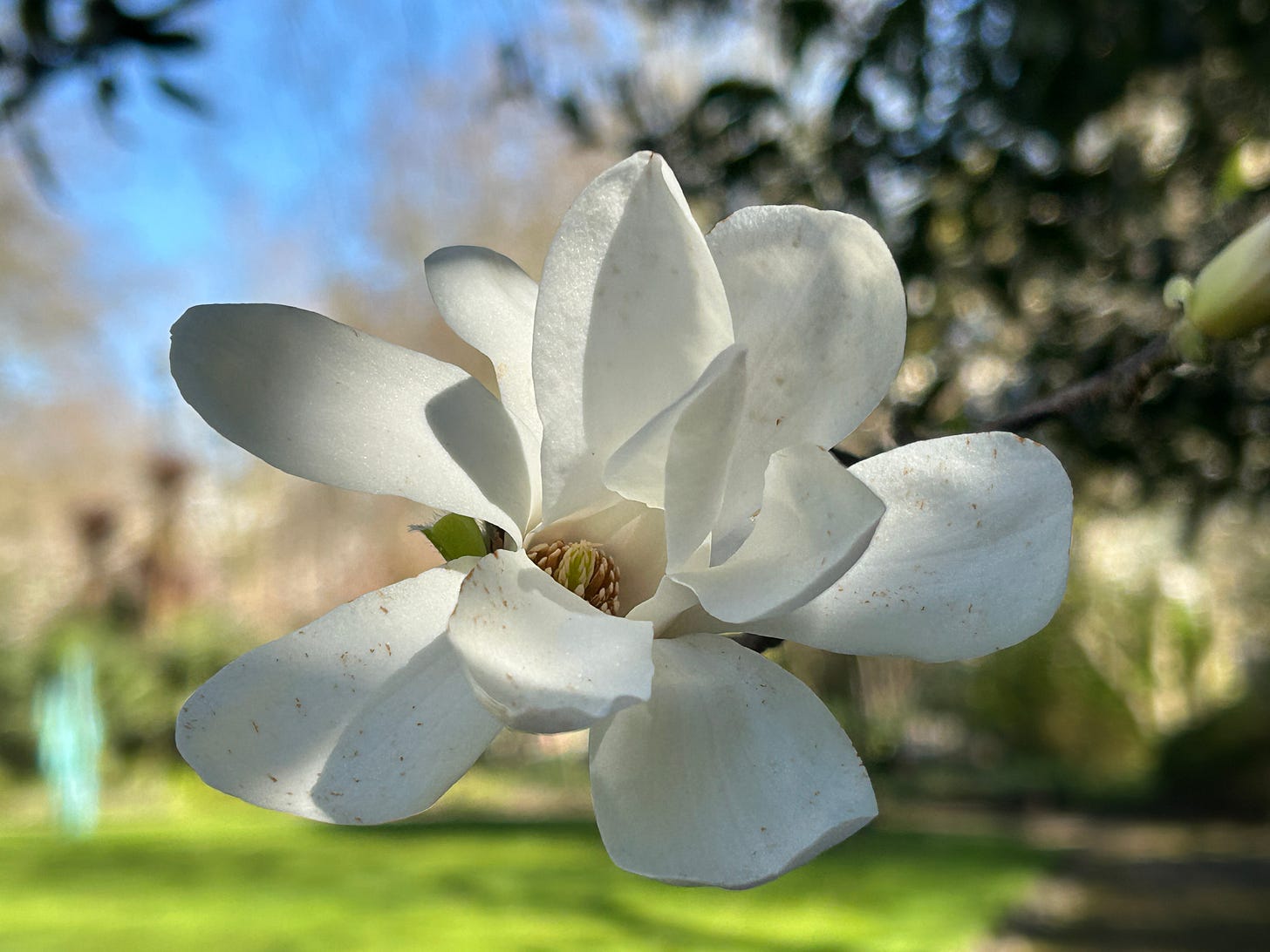
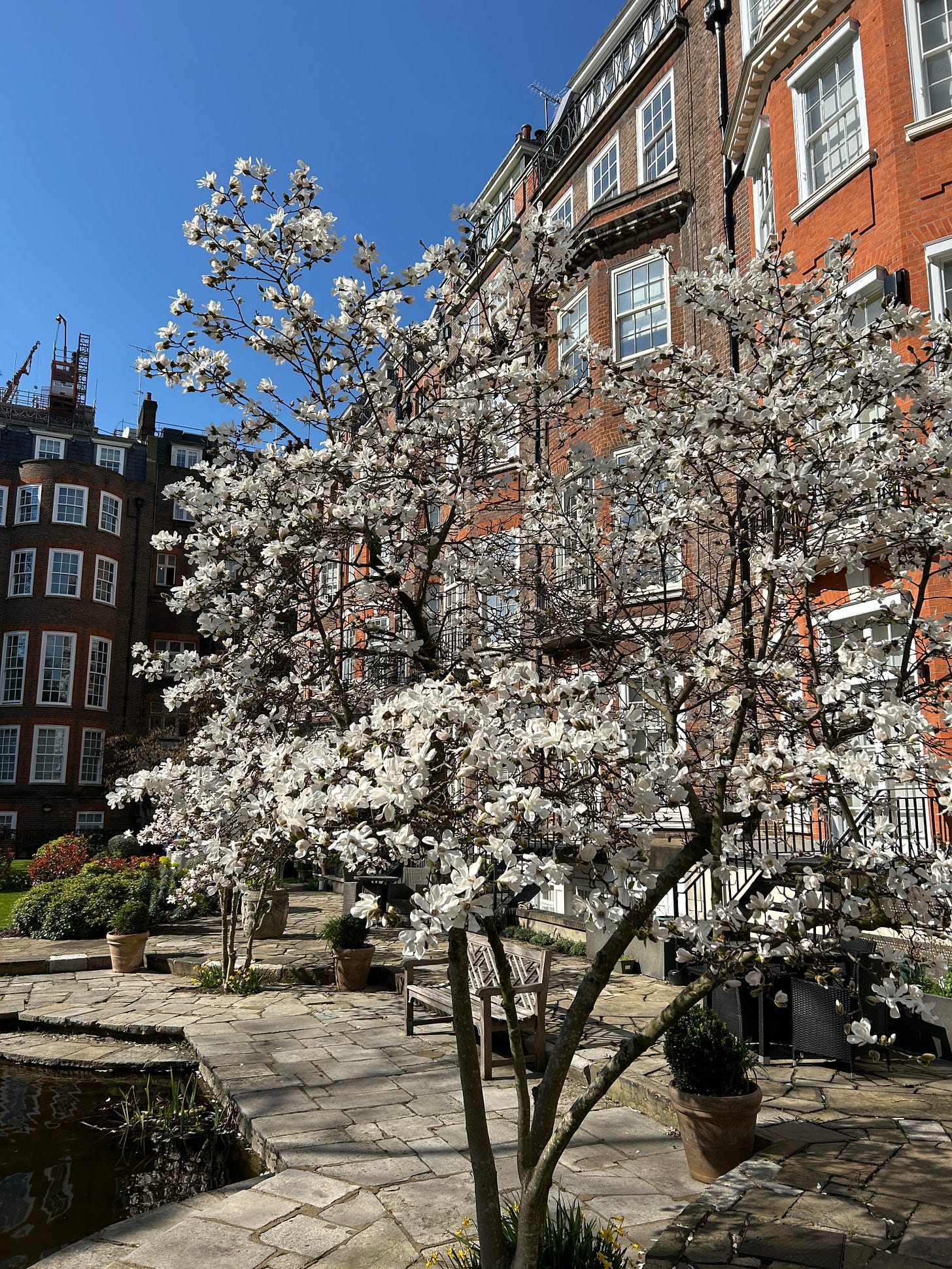
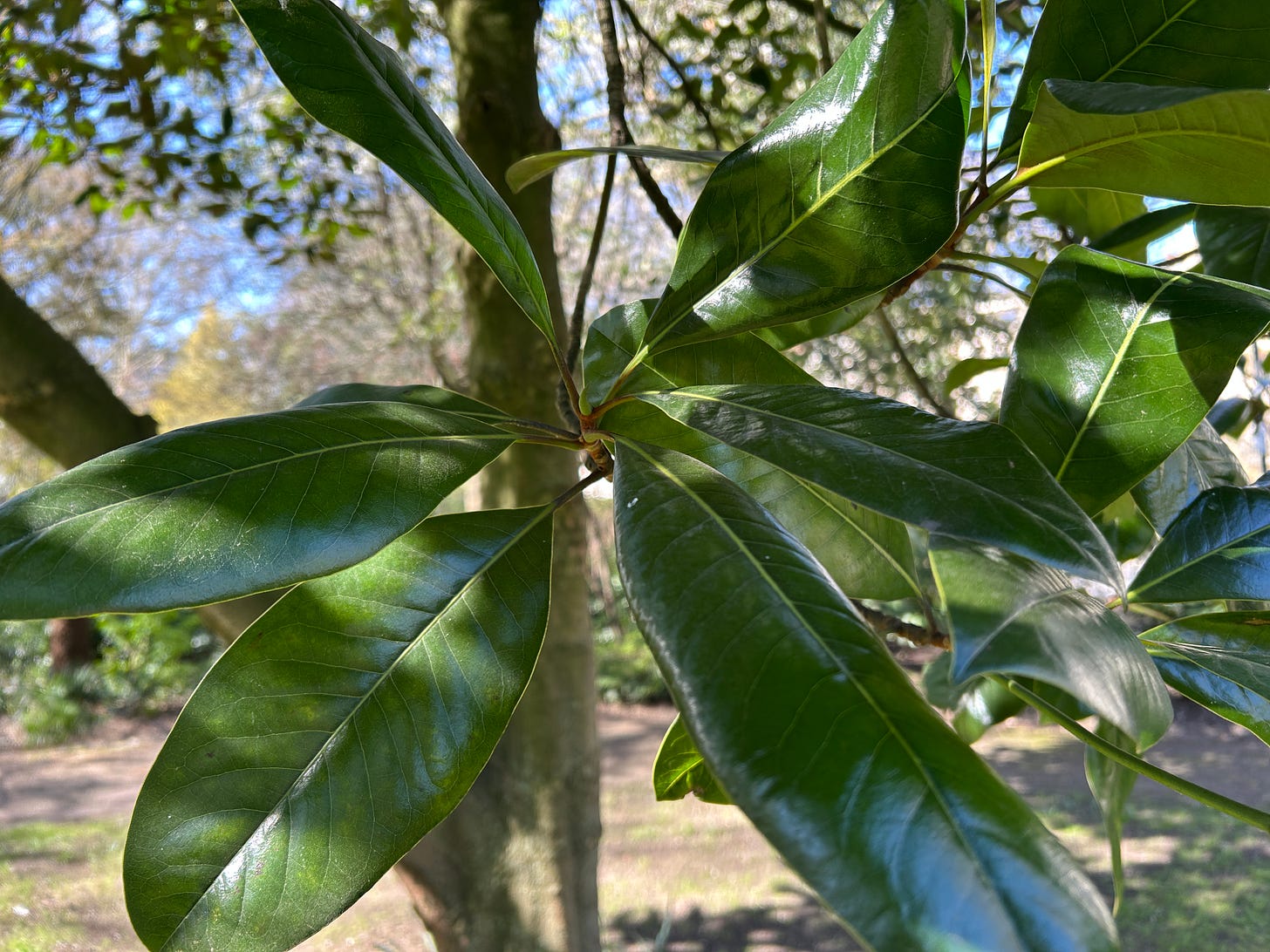
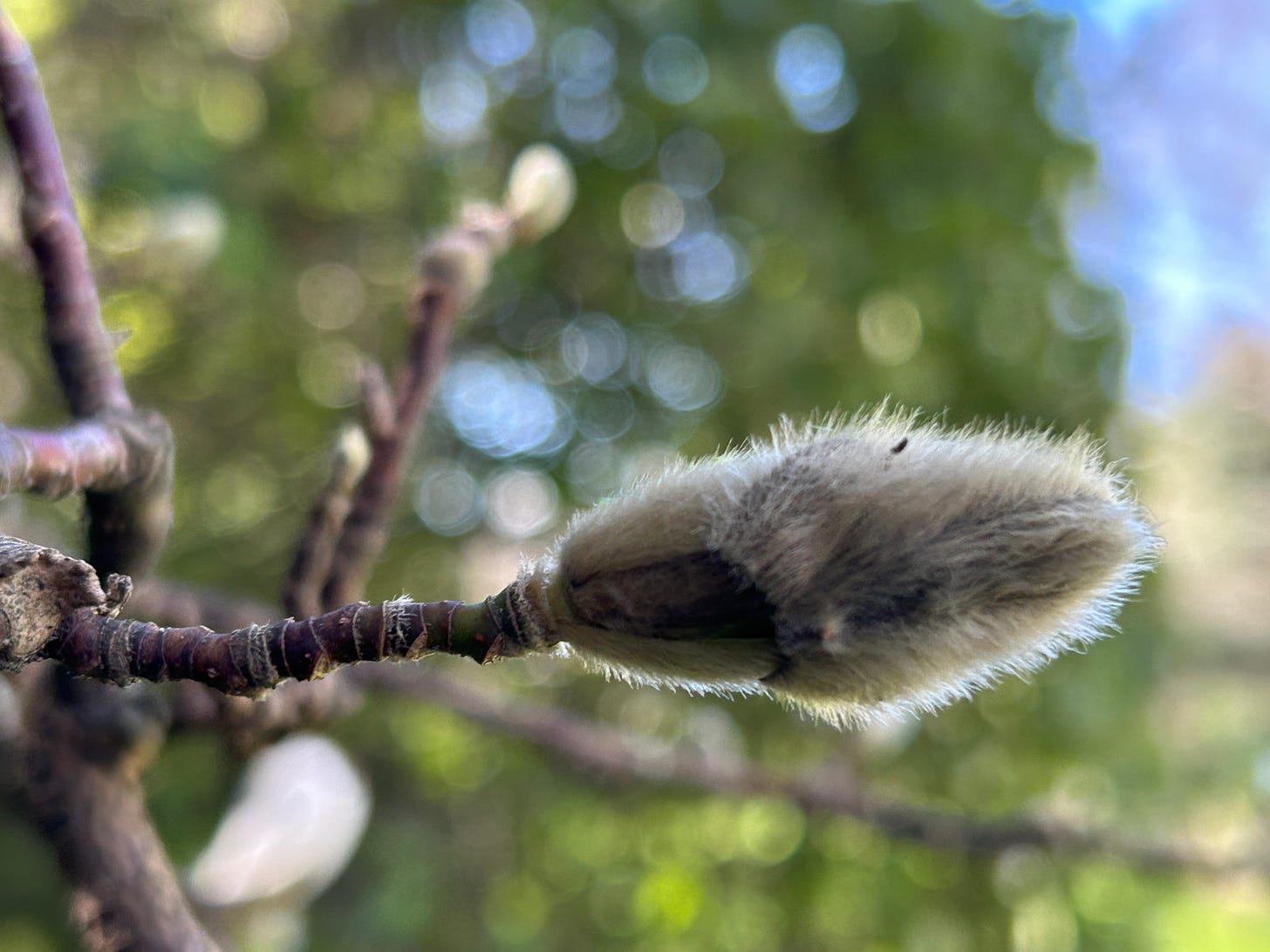
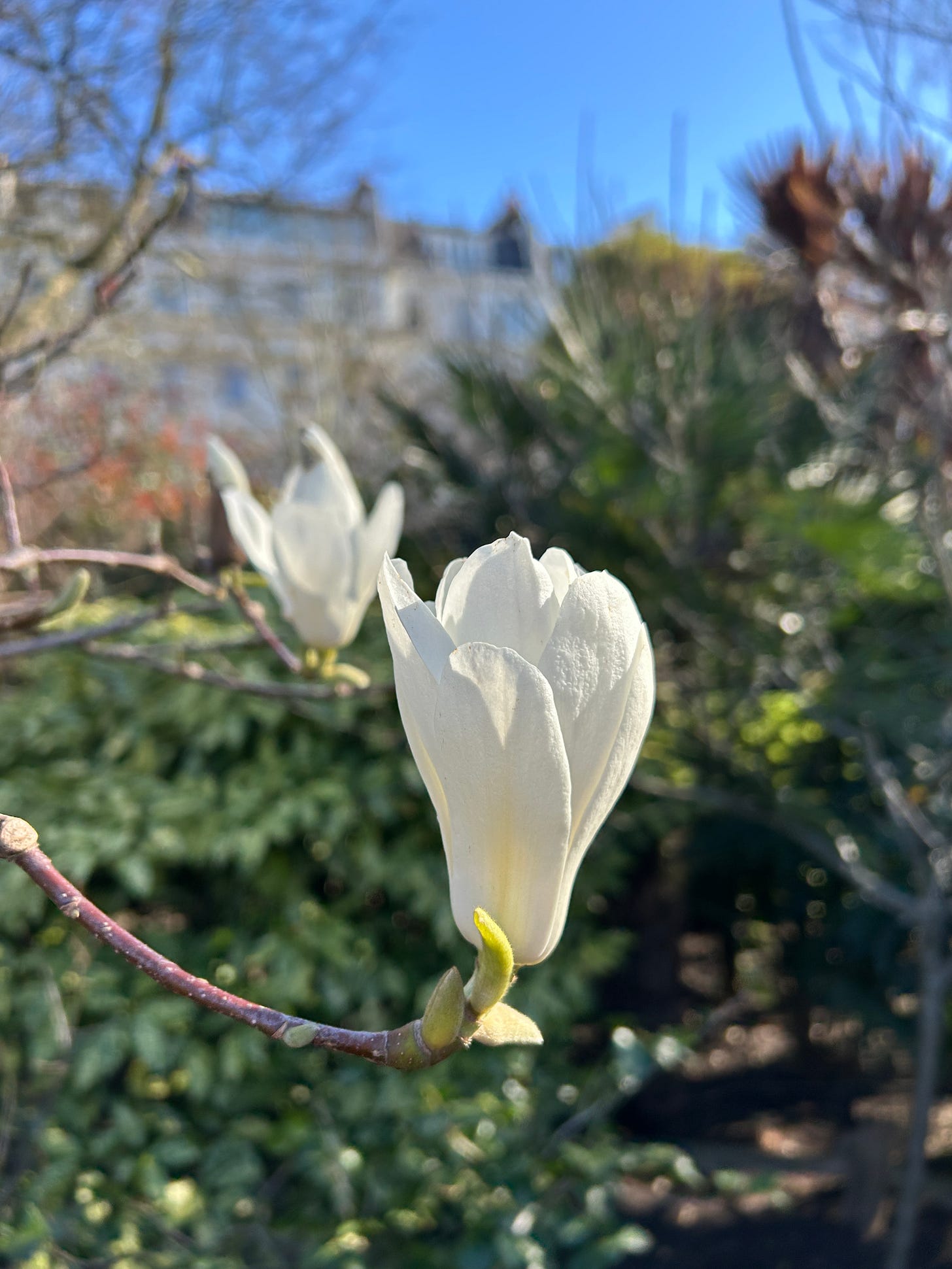
I think it's been a mega magnolia year - I was driving across the Somerset Levels yesterday and there were some truly magnificent specimens in full flower.